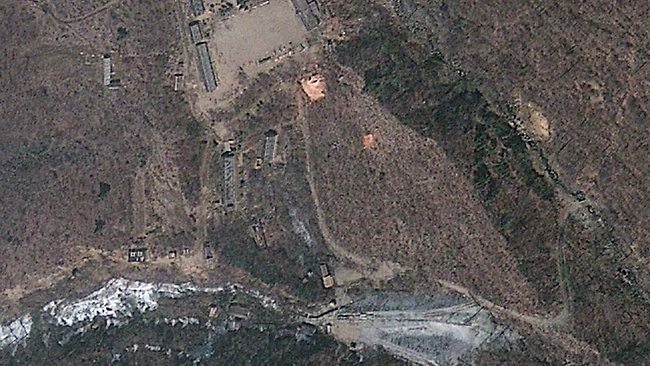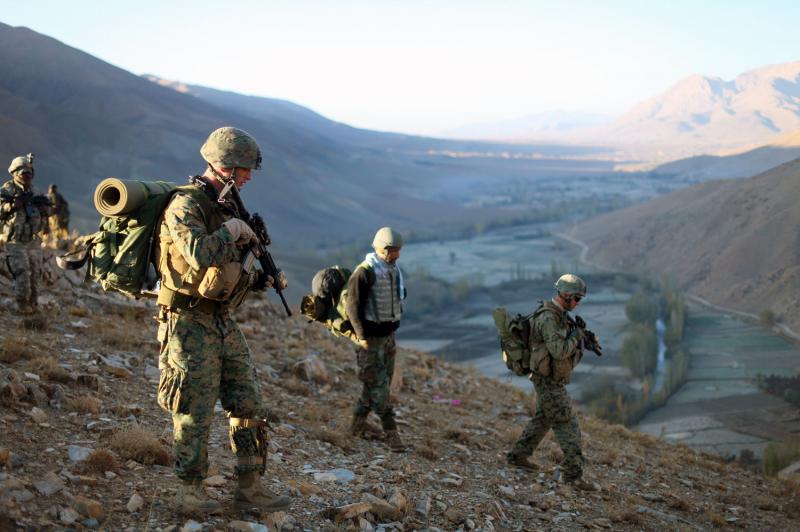Satellite imagery has revealed new tunneling work at North Korea’s nuclear test site, but nothing that points to an imminent detonation, a US research institute said Wednesday.
The activity appears to have begun in late April — at the height of a recent surge in inter-Korean tensions — and gathered momentum over the next few months, the US-Korea Institute at Johns Hopkins University posted on its 38 North web site.
The tunneling at the Punggye-ri nuclear test site — evidenced by a large new dump site — was taking place near the West Portal where the North’s 2009 and possibly 2013 nuclear tests took place.
The purpose of the work was either to construct a new test tunnel that would take several years, or to repair or clean out an existing tunnel, the closely-followed website concluded.
“These activities do not appear to be part of preparations for a nuclear test in the near-term,” it said.
“Rather, they seem to be long-term projects — a conclusion reinforced by the presence of installed cart rails — that may be necessary for the conduct of future tests,” it added.
North Korea conducted its third and most powerful nuclear test at the Punggye-ri site in February this year.
North Korea said the test was of a miniaturized device, and hinted that the fissile material involved may have been uranium, as opposed to the plutonium used in its two previous tests in 2006 and 2009.
Pyongyang has made it clear that it plans to conduct further tests sometime in the future.
The February detonation triggered tightened UN sanctions and a cycle of escalating military tensions on the Korean peninsula that lasted for two months.











